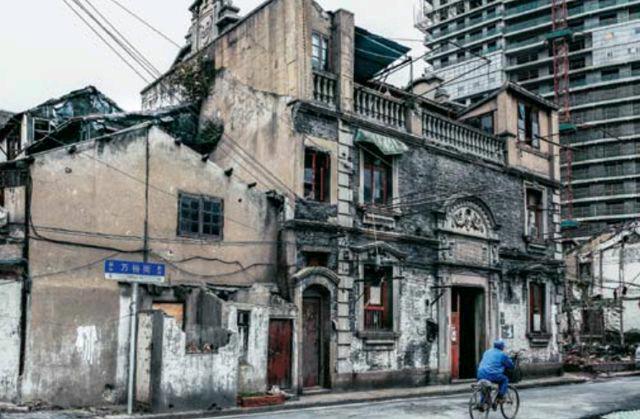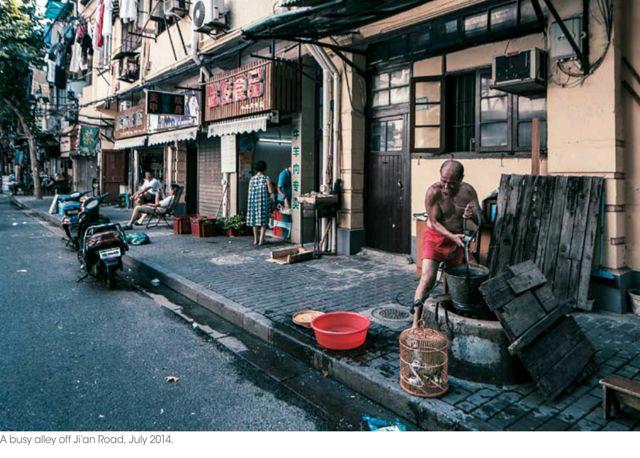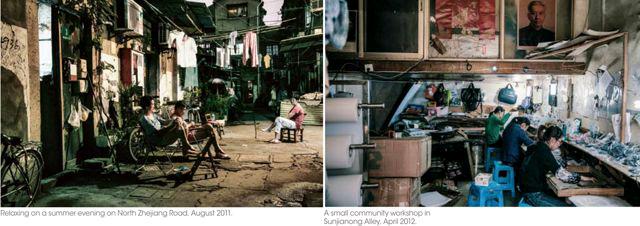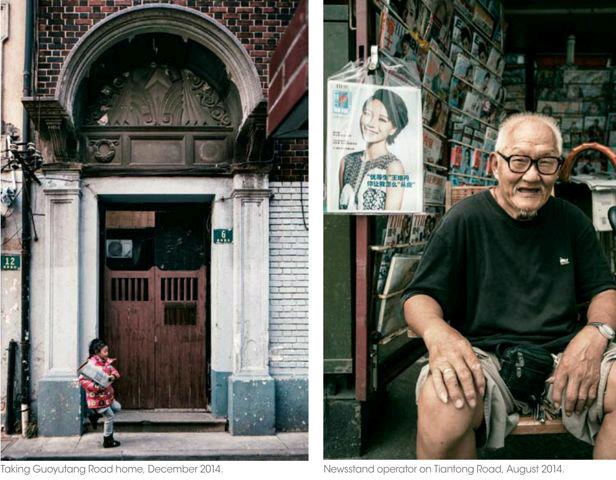Fading Images of Old Shanghai
by+Zhi+Zhu
Xi Zi has been intimate with Shanghai continuously since he was born there in 1969. Although he moved to northern Chinese cities Anyang and Zhengzhou after elementary school and only returned to Shanghai after graduation from high school, he felt like he never left. In 2000, Xi was working a desk job when he picked up a 720-by-480-pixel camera and began photographing time-honored Shanghai structures and alleys. Although his first “project”didnt last long, Xi snapped enough pictures to sense Shanghais development at breakneck speed. An alley where he lived as a kid near todays Xujiahui Park has been transformed into public green space, leaving no trace of his childhood. Xi couldnt help but continue to document the metropolis and its scenery, structures, and people. In 2007, he quit his job and became a full-time photographer of Shanghai.
Passing on more popular Shanghai photographic subjects such as the Bund and its breathtaking skyline along the Huangpu River or leisurely alley Xintiandi, Xi prefers older areas of more traditional Shanghai and local residents who have been living in the city for a while. He insists that these are the places and people preserving the citys historic evolution since the 19th Century. At one point, he was leaving at 4 a.m. and stopping when the city began bustling at about 7 or 8 a.m. Then, he started shooting again in the evenings.
After all of his work, Xi believes old Shanghai is “disappearing too fast.” In recent years, Shanghai has become increasingly international at amazing speed. Xis work exhibits these glaring changes. New buildings, symbols of wealth and modernization, have devoured run-down houses and much of the citys history along with them. Those that remain fade away quietly in the shadows of towering skyscrapers. One of his images shows a smartly dressed girl buying fruit in one old neighborhood slated for demolition. In another, several shirtless migrant workers play poker at a construction site against the backdrop of Shanghais landmark Oriental Pearl Tower. In a sense, he exhibits a kind of absurdity and contradiction rather than documenting disappearing Shanghai – one that is increasingly common amidst Chinas rapid urbanization these days.
Xi doesnt intend to convey negative emotion through his images. For example, he notes that after talking to local residents of time-honored Shanghai structures, he found that many of them long to move into new houses. Between historical protection and practical problems such as dated water and electricity supply and cramped space, many people opt for more realistic choices. Xi hopes that through his work, those who once inhabited and still live in Shanghai will be inspired to love the city with all their hearts and never forget its history.







China Pictorial2015年2期
